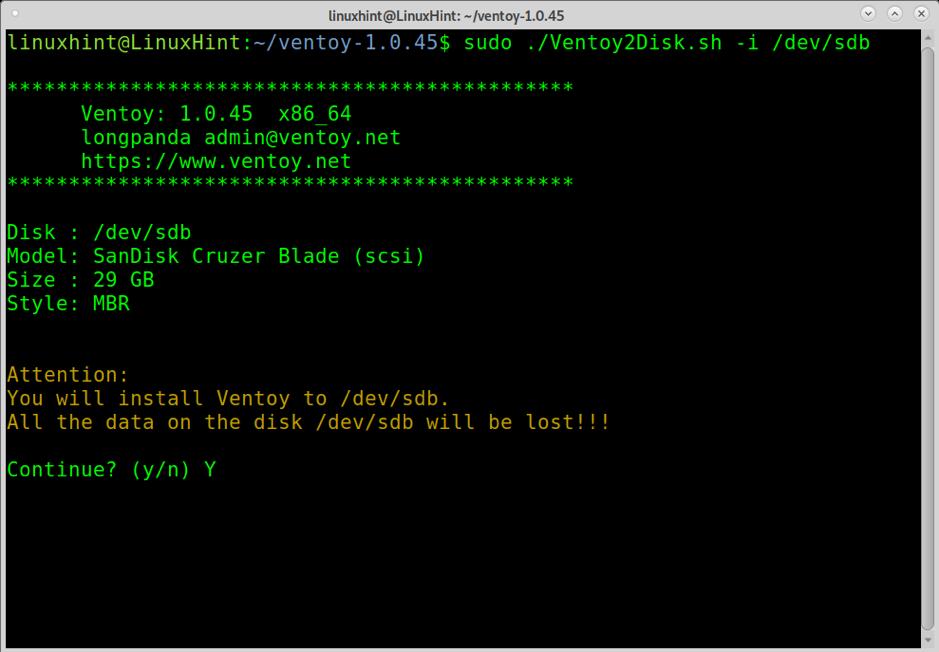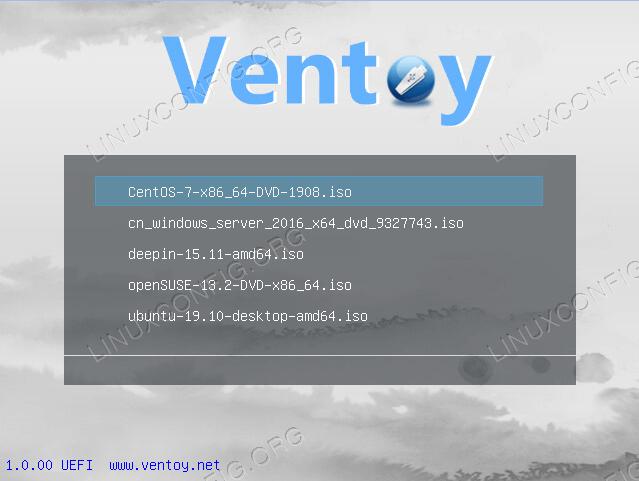
www.makeuseof.com How to Create a Multiboot USB With Ventoy
If you're running multiple operating systems off of one machine, you'll want to have a backup boot disk for each OS in case you need to troubleshoot each system.
However, it's inefficient to keep two or more flash drives with different ISOs, especially if each thumb drive has a lot of free space left on it. It's way more convenient if you have one large USB stick to keep all your bootable files.
So, here's how you can create and store multiple bootable files in one USB flash drive.
What Is a Multiboot USB?
Whenever your computer runs into a problem and you need to restore it, you can use a boot drive to initiate the restoration. However, most USB boot drives can only host one operating system.
This isn't a problem if you're like most users, where you only run one operating system. But if your computer runs multiple operating systems, like Windows and Linux, or you own multiple devices with different operating systems, you need a separate USB stick for each system.
However, if you use a multiboot utility, you can instead use a single USB stick to house all the boot drives you need.
How to Create a Multiboot USB With Ventoy
One of the tools you can use to create a multiboot flash drive is Ventoy. You can download this open-source tool for free on the Ventoy website directly or on its Github page. You also need a USB flash drive to store your boot drive files.
The USB capacity may vary, depending on how many operating systems you intend to place in it, but 32GBs should be enough to accommodate at least two. If you want to have three or more, you can opt for the 64GB or even 128GB capacity.
MAKEUSEOF VIDEO OF THE DAYRelated: How to Install macOS From USB

Once you've downloaded the app and have the USB flash drive on hand, then you can start creating your multiboot USB drive.
How to Install Ventoy
Installing Ventoy is a pretty simple process. Here's what you need to follow:
After completing this install, your USB drive is now ready to accept boot drive files, including ISO, WIM, IMG, VHD(X), and EFI files. If you look at the Ventoy2Disk window, you should see the Ventoy In Device version number match the one listed under Ventoy In Package.
Copying Your Boot Files
After installing Ventoy, you can now add your boot files to the drive.
This simple process lets you boot off multiple ISO files from a single drive. You're not limited to two, three, or even four different boot drives. As long as you can fit the image files in your thumb drive, you can have as many as you want.
Related: How to Create a Bootable Windows 10 Installer USB on a Mac
How to Update Ventoy
When the developer releases a newer version of the app, you can also update your multiboot USBs. To do so, follow the steps below.
This action updates the Ventoy files in your boot drive but does not remove nor reformat the USB stick. That way, you don't have to recopy the ISO files you've previously stored on it.
Launching the Ventoy Multiboot USB for the First Time
If your computer doesn't have the secure boot feature, all you need to do is plug your USB boot drive into your PC, turn it on, enter the boot menu, and choose the OS you want to boot from.
But if it's equipped with secure boot, you have to register your boot drive first. These are the steps you need to take to do so.
Once your computer boots again, enter the boot menu and choose your multiboot drive. You will then see the Ventoy boot menu to pick which boot drive you want to run.
The Ultimate Boot Drive
For power users who have multi-OS computers or have various devices that run different operating systems, Ventoy is a handy, free tool that can let you create backup boot drives in just one USB.
This makes it more convenient to keep your systems safe, as you no longer have to have different thumb drives for each OS. It also saves you money because you don't have to buy many USB sticks to accommodate all your OS—you only need one.
How to Boot From USB on Windows Read NextShareTweetShareEmail Related TopicsAbout The AuthorJowi Morales(215 Articles Published)Jowi is a writer, a career coach, and a pilot. He developed a love for anything PC ever since his father bought a desktop computer when he was 5 years old. From then on, he has been using and maximizing technology in every aspect of his life.
MoreFrom Jowi MoralesJoin our newsletter for tech tips, reviews, free ebooks, and exclusive deals!
}})